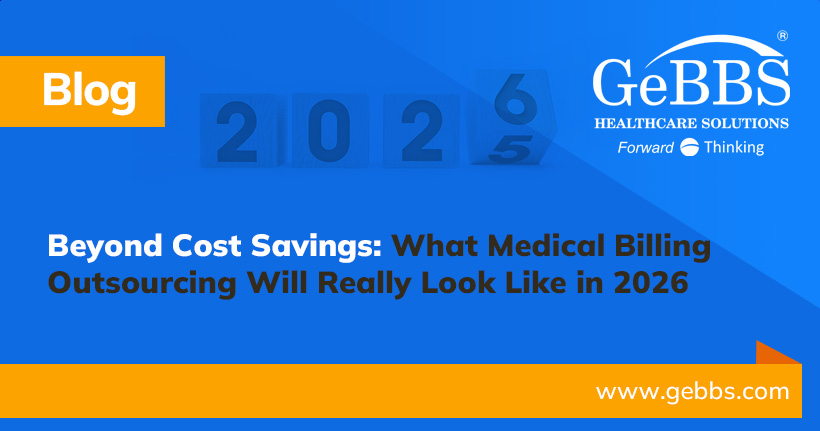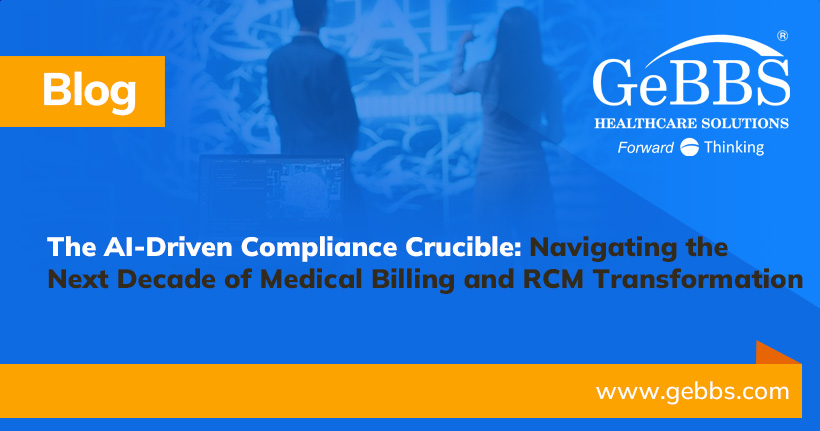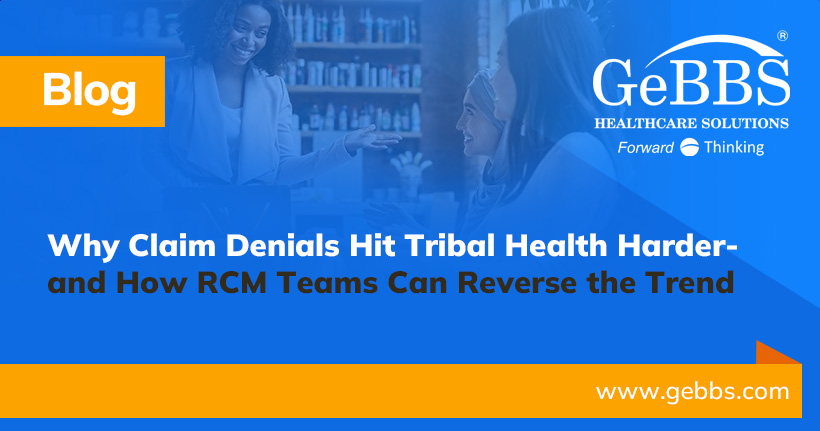In late June, the Centers for Medicare & Medicaid Services released data demonstrating that its Risk Adjustment Program – developed as part of the Affordable Care Act just five years ago – is working just as planned. What was the plan? To prevent payers from developing plans intended to attract healthier patients and to incentivize insurance companies to cover those patients who are sicker and may therefore cost more to insure. To accomplish this, the Risk Adjustment Program transfers billions of dollars among payers to offset the costs accumulated by higher risk enrollees with the intent of spreading financial risk – with the ultimate goal being to stabilize premiums at a time when healthcare costs have been skyrocketing for decades.
While the program has seen its share of controversy – including litigation and scrutiny from payers (particularly the smaller ones) – it appears the program is here to stay. When the CMS released its most recent data, they cited numerous indicators that the program is doing its job to help spread financial risk among payers. Here are a few highlights from their report.
• Designed to be budget-neutral, the Risk Adjustment Program transferred $10.4 billion between the 572 participating health insurance companies in 2018 – providing $5.2 billion in payments and $5.2 billion in charges to balance the risk among payers. This total represents a slight decrease from the previous year – primarily due to changes made by CMS in the risk adjustment formula as well as shifts to bronze and gold plans. According to CMS’ report, ‘In the 2017 benefit year, the absolute value of risk adjustment transfers as a percent of premiums averaged 10 percent of premiums in the individual non-catastrophic risk pool and 5 percent of premiums in the small group risk pool. In the 2018 benefit year, the absolute value of risk adjustment transfers decreased to 9 percent of premiums in the individual non-catastrophic risk pool and 4 percent of premiums in the small group risk pool.
• Risk scores remained fairly stable between the 2017 and 2018 plan years – with an overall score increase of approximately 0.4 percent in the non-catastrophic risk pool and a decrease of approximately 0.2 percent in the small group risk pool as compared with 2017 scores.
• Risk adjustment transfers correlate strongly with the number of paid claims – highlighting the effectiveness of this model. Payers who experienced higher claims were more likely to receive risk adjustment payments, while those with lower paid claims were more likely to incur charges. Per the CMS report, ‘For example, in the individual non-catastrophic risk pool, issuers in the lowest quartile of claims costs, on average, were assessed a risk adjustment charge of approximately 12 percent of ‘highest quartile of claims costs received a risk adjustment payment of approximately 15 percent of their total premiums, which also represents a decline from 21 percent of total premiums in 2017.’
How HCC Coding and Risk Adjustment Scores Play a Role
The model of using hierarchical condition categories (HCC) was established to predict the healthcare spending for each patient and today plays a key role in developing each Medicare beneficiary’s risk adjustment factor (RAF).
While it’s a model that works, it’s incredibly complicated and not as intuitive as traditional coding since HCC coding is based on a provider’s diagnosis of the patient, rather than on what the provider did to treat the patient. In fact, HCC coding takes the 70,000+ ICD-10 diagnostic codes and narrows them down into 79 HCCs to determine a patient’s RAF. As a result, this model relies heavily on accurate provider documentation and complete, accurate diagnosis coding.
Modern Healthcare recently reported on several large payers – including Kaiser, Centene and Molina – who incurred massive risk adjustment charges. Kaiser must pay $891.7 million for the individual market and $414.3 million small-group market. Centene’s charges for the individual market came in at $629.7 million and Molina came in at $373.2 million. These billions will be transferred to the payers who cover higher-risk enrollees to help spread financial risk.
To avoid sizable risk adjustment charges such as these, payers should be focused on HCC coding, ongoing risk adjustment chart review, provider documentation and training, and real-time RAF score reporting. Maintaining a constant focus on risk adjustment allows payers to get “credit” for serving more complex patients, and therefore avoid charges when appropriate.
GeBBS Risk Adjustment Services
Getting the most out of shared risk programs requires a continued, expert focus on risk adjustment. This comes with an in-depth evaluation and understanding of your data – and an outside look is often the most effective way to truly get it right. Whether you’re a payer or other risk-bearing entity – GeBBS can help you maximize the impact of risk sharing programs for your organization. Our technology enabled risk adjustment services provide an accurate, real-time look at your risk scores – based on a comprehensive and ongoing review of your data. Our proven service delivery model takes chart review to the highest level, ensuring timeliness, quality, accurate documentation and optimal results. Services include: medical record retrieval, risk adjustment chart review (for HCC coding), RAF Score reporting, HEDIS abstraction/workflow and solutions, quality review/auditing services, as well as provider education and support. To learn more about our technology enabled Risk Adjustment Solutions, click here.






